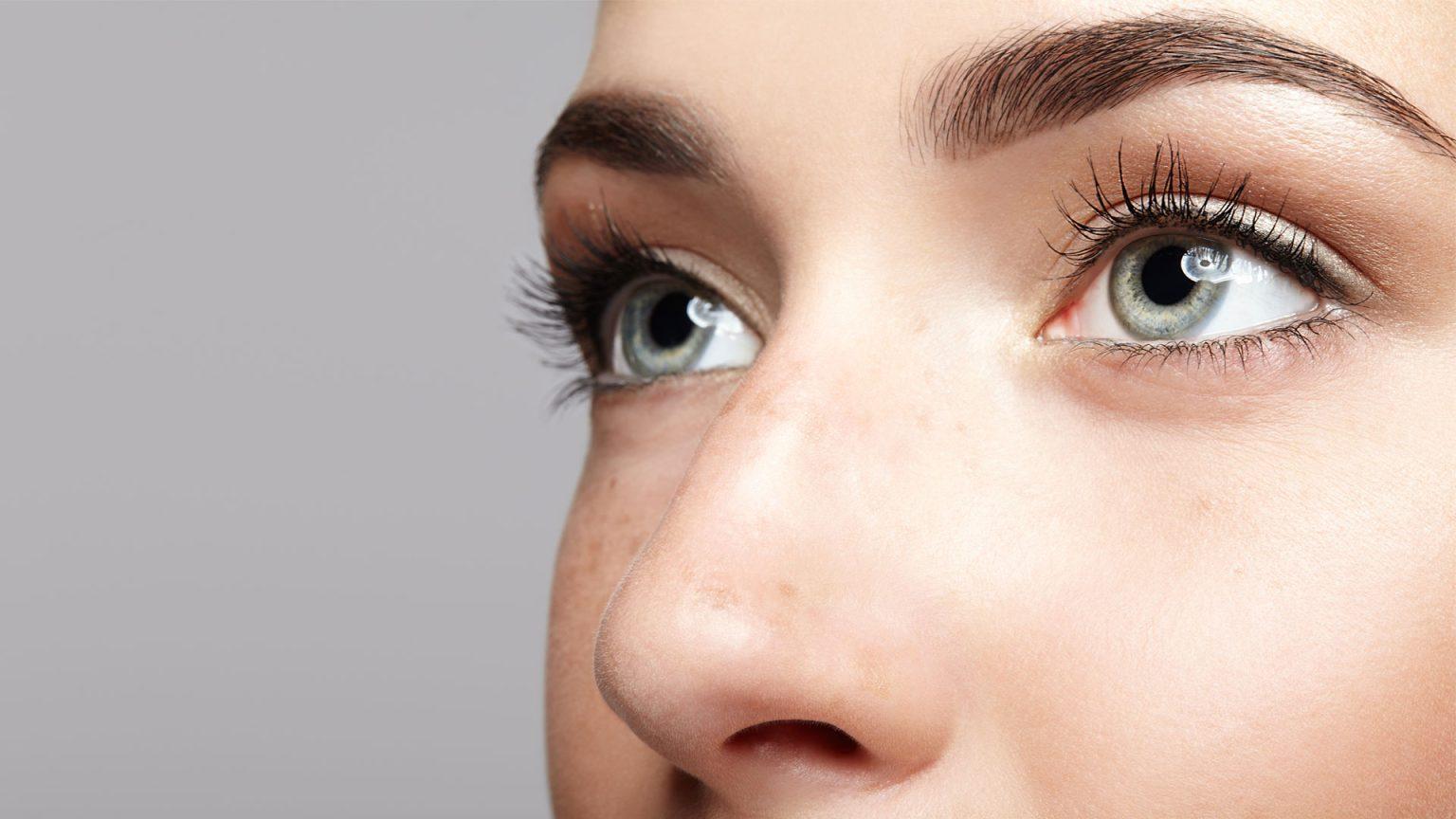Dry Eye Syndrome
Dry eye syndrome symptoms are extremely common. Dry eye syndrome is a chronic eye condition, which gradually develops in what is a cumulative effect. In many cases, dry eye syndrome may not offer a total cure. Instead, management of the condition is prioritised, with effective treatment bringing substantially less symptoms, as well as clearer vision. The large number of contributing factors towards dry eye syndrome means that a broad range of treatment methods can be used.
Dry eyes primarily occur when the tear ducts within the eye fail to provide a sufficient level of lubrication. This, in turn, may be explained by a number of reasons: your eyes may not produce sufficient amounts of tears, or the tears produced may not be of a sufficient quality to lubricate the eye.
Whilst dry eye syndrome causes vision loss in a small minority of cases, symptoms of the condition frequently result in patients complaining of discomfort, which may include a stinging or burning sensation. This sensation may be triggered in ‘well-ventilated’ scenarios (for example, riding a bicycle, walking in the wind, or sitting by a desk fan).
Cathedral Eye Clinic offer a range of surgeries and other treatment options to address a variety of eye conditions, including dry eye syndrome. All of these options offer a range of payment plans to suit every budget.
Dry Eye Syndrome Symptoms
Dry eye syndrome symptoms are well-documented and common in large sections of the population. Indeed, even patients who are undiagnosed with the condition may experience symptoms after carrying out various activities. However, dry eye syndrome symptoms generally include:
- Eye discomfort: Patients suffering from dry eye syndrome frequently complain of sometimes-painful sensations in the eyes, including feels of stinging and burning. Gritty sensations are also reported often.
- Mucus buildup: Patients may experience a buildup of mucus in their eyes (this is normally stringy in consistency).
- Sensitivity: Dry eye syndrome can be a contributing factor in the development of sensitivity to bright lights.
- Eye-watering: Dry eyes provoke a natural response to dry eyes, making the eyes water. This symptom can cause discomfort and irritation for the patient.
- Visual disturbances: Patients frequently report suffering from visual disturbances, including blurred vision. This is normally accompanied by general eye fatigue.
If dry eye symptoms persist for a significant period of time, you should seek the advice of a specialist. Undertaking regular eye exams (once every two years, as recommended by NHS guidelines) can identify your particular cause of dry eye syndrome.
Causes of the Condition
Dry eye syndrome causes are numerous, meaning that a range of treatment paths are available (which treatment path you are offered will be determined by the type and severity of your condition). However, it is generally accepted that dry eye syndrome can have the following causes:
- Reduced tear production: Dry eye syndrome primarily occurs when your eye is unable to produce a sufficient amount or quality of tears (medically-termed as ‘keratoconjunctivitis sicca’).
- Abnormal tear composition: In a healthy eye, a tear’s film is composed of three layers. Formed by water, mucus and oil, dry eye syndrome can be triggered if any irregularities are present in any of these layers. Problems with oil layers, for example, may be triggered by a blockage in the meibomian glands (small glands at the eyelid’s edge). In many cases, these can be worsened by the presence of skin conditions, including eczema or acne rosacea.
- Ageing: The natural ageing process can cause a degenerative effect on the eye, potentially encouraging the development of dry eye syndrome.
- Medical conditions: A range of medical conditions can encourage the development of dry eye syndrome. These conditions include, but are not limited to diabetes, lupus, vitamin A deficiency and thyroid irregularities.
Treatment Options
As previously mentioned, management of dry eye syndrome usually forms a priority in any treatment. This is normally achieved with a combination of treatments, which depend on the individual concerned, as well as the type and severity of the condition. At Cathedral Eye Clinic Dry Eye Centre, the most advanced technology and treatment methods are used to combat the severity of the condition, as well as any complications which may accompany it.
- Light Modulation ® (LLLT): Photobiomodulation technology triggers a heating of the eyelids, stabilizing a layer of an affected patient’s tears.
- OPE® (IPL): Using thermal pulses, a polychromatic light stimulates the glands of the eye, reducing tear evaporation.
- Artificial tears: Cathedral Eye Clinic recommend non-preservative tear supplements, which offer effectively lubrication of the eye.
- Warm Compresses: Symptoms can be alleviated by applying warm moist compresses to the skin of closed eyelids, allowing easier release of lipids from the meibomian glands.
- Surgery: Blocking of the tear duct with a permanent or semi-permanent plug (usually silicone, collagen or plastic) often helps those with severe dry eye by preventing the drainage of the tears.
- Eyelid Massage: Eyelid massages are key to managing dry eye issues.
Learn about more common eye conditions such as Short-Sightedness and Long-Sightedness with Cathedral Eye Clinic.
Bring your world into focus. To hear more about our treatments, our free suitability assessments or to book a consultation, get in touch with Cathedral Eye Clinic today.








